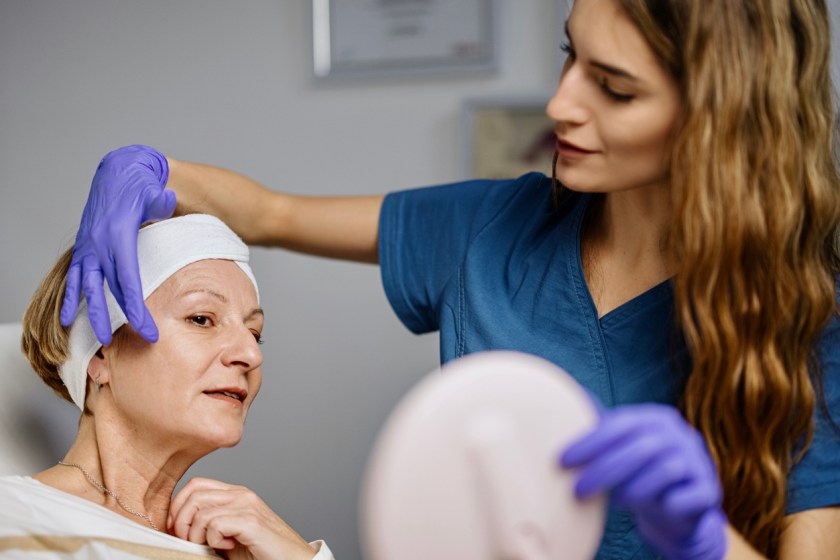Plastic Surgeon Dr Naveen Somia shares what certain aesthetic practices should consider reviewing with the forthcoming guideline changes on July 1st.
Regulatory guidelines in the field of aesthetics have brought about significant changes in the day-to-day operations of aesthetic practices. The soon-approaching update of regulatory guidelines set by AHPRA (Australian Health Practitioner Regulation Agency), which are set to be introduced as of 1st July, aim to place patient safety and transparency at the forefront. Other than the announced Body Dysmorphic Disorder (BDD) screening tools and 2-step referral processes for surgical procedures, we caught up with Plastic Surgeon Dr Naveen Somia (FRACS) to gain insight into the unique impacts of these regulatory changes on administrative operations and marketing strategies within the industry.

One of the key aspects emphasised by the guidelines is the consultative process, which takes the patient from the initial enquiry to the consultation stage. Dr Somia highlights the importance of mandatory consultations and a cooling-off period, ensuring that patients have ample time to consider their options without feeling pressured. This patient-centric approach eliminates the notion of a sales pitch and grants patients the ability to decline a procedure if they choose to do so.
An intriguing addition to the regulatory guidelines is the requirement for a mandatory psychological assessment, such as Body Dysmorphic Disorder (BDD) evaluation, to determine the suitability of candidates for aesthetic procedures. This assessment acts as a safeguard against patients who may be seeking multiple consultations or travelling long distances in search of desired outcomes, discouraging the practice of “surgeon shopping.”
Dr Somia explains that while he has already implemented psychological assessments as a safety standard in his practice for the past five years, it is now widely mandatory for all practitioners. While his standard operating procedures remain largely unchanged, minor adjustments have been made to ensure compliance with the new guidelines.
One area where significant changes are observed is in advertising guidelines. The focus has shifted from the content of advertisements to the communication between doctors and patients. Previously, communication was formal, but it is now more formalised to ensure transparency and patient understanding. Patient communications, such as folders, business cards, and downloadable resources, have been revamped to explicitly state the surgeon’s official registration status, associated risks, and the possibility of varying outcomes for each patient. The use of neutral and medical terms in the wording aims to provide clear and accurate information.

Dr Somia mentions that patients should have access to research on risks, including resources from reputable organisations like ASAPS (Australian Society for Aesthetic Plastic Surgery) and ASPS (Australian Society of Plastic Surgeons). Aesthetic practices have adapted their websites to include these guidelines and provide comprehensive information to patients. Once patients commit to surgery, information regarding hospital visits and templates are provided to avoid any misunderstandings or non-compliance.
The forthcoming regulatory guideline changes will have a lasting impact on the aesthetic industry, especially in the realm of digital marketing. Dr Somia predicts that these changes will become the new normal in the industry after 1st July. While the implementation of these guidelines has required unprecedented work within a short period, the focus on patient safety and transparent communication is a positive step forward for the field.
The regulatory guideline changes in aesthetic practices have significantly influenced day-to-day operations, with an emphasis on patient protection and improved communication. Dr Naveen Somia’s insights shed light on the guideline’s unique impacts on administrative operations and marketing strategies, which ultimately aim to foster a safer and more transparent environment for patients seeking aesthetic procedures.
Read SPA+CLINIC’s Latest Issue Here:
There are 5 ways you can catch up with SPA+CLINIC
- Our quarterly print magazine, delivered to your door. Subscribe here.
- Our website, which is updated daily with its own completely unique content and breaking news.
- Our weekly newsletter – free to your inbox! Subscribe here.
- Our digital magazine – click here to view previous issues.
- Our social media – see daily updates on our Instagram, Facebook & Linkedin




